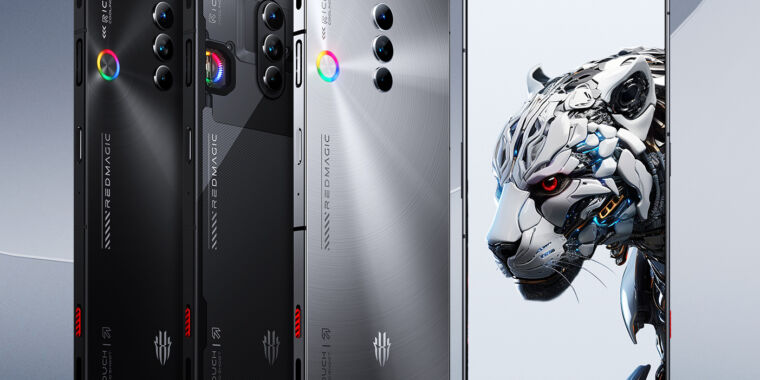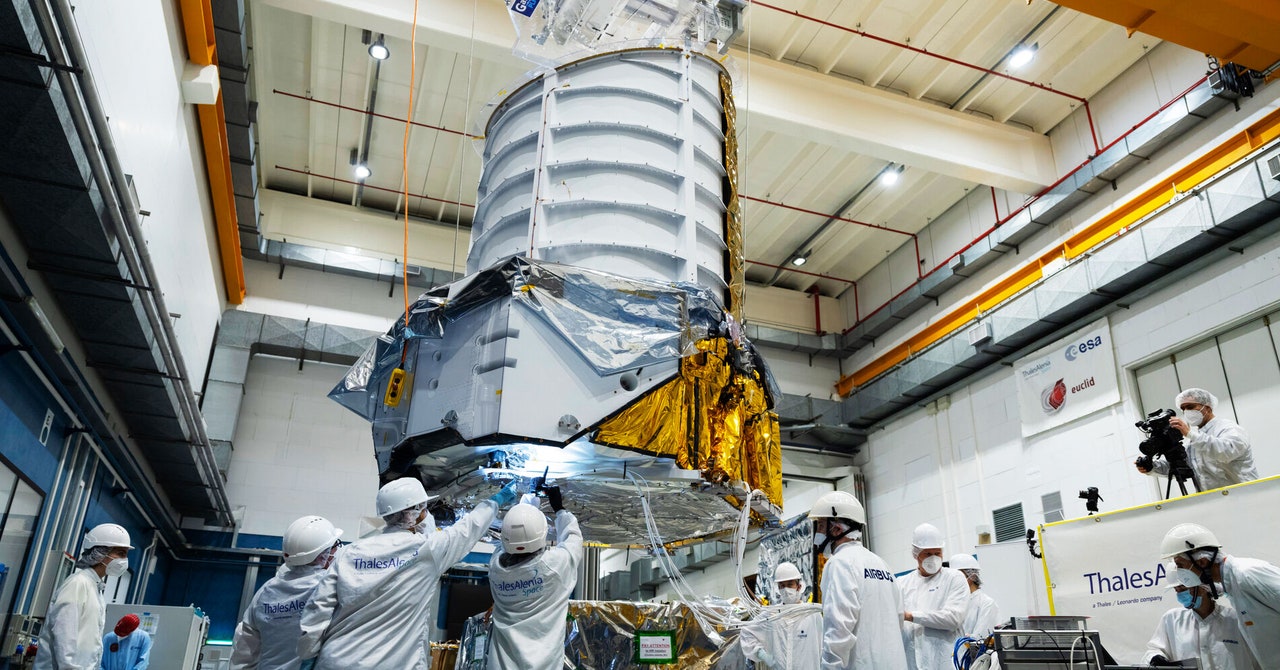- 10 Posts
- 3 Comments
Joined 2 years ago
Cake day: June 7th, 2023
You are not logged in. If you use a Fediverse account that is able to follow users, you can follow this user.

 11·2 years ago
11·2 years agoMany new cars have start/stop features builtin. If the computer controller detects that the engine may have trouble starting (low temperature, low battery, starter motor failure, whatever), it won’t stop the engine for you.
Or that’s the theory.

 311·2 years ago
311·2 years agoIt’s not necessarily an issue of fuel, but the overall wear on the components and engine when you start a car. A starter motor only has so many “starts” it can do before dying. The battery too.
Starter motors have gotten a lot better since the “bad old days” and engines start more smoothly thanks to fuel injection and computer control systems, so manufacturers have decided that it’s ok to start/stop engines as needed, but the reason for not doing it was never a matter of fuel savings.













Regular old cars use weak starter motors from the 12V battery. They’ve gotten better, but it’s still just a small part used only to start the car, so it only turns over the engine fast enough to get it going.
A car like a Prius will put the car’s big, beefy generator in “reverse” to start the motor at whatever RPM the computer wants it at, and since it has abundant power from the synergy drive batteries, it can start the engine at whatever RPM the computer deems appropriate.